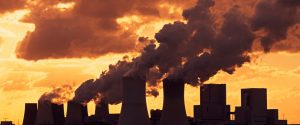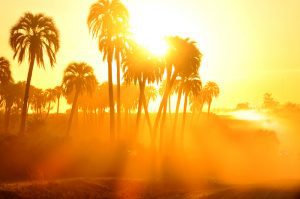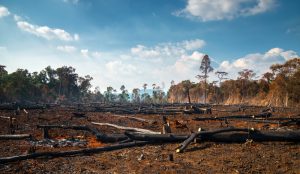Global warming is an ongoing concern for modern civilization, as the earth’s climate has continued heating up as human activity and population have grown.
Alarming shifts in weather patterns and temperatures are linked to global warming.
Wind turbines are becoming more popular for renewable energy. However, this source of electricity also increases global warming by altering the atmospheric flow and redistributing heat and moisture throughout the atmosphere.
Because wind turbines can increase global warming, some countries are hesitant to fully commit to this power source.
Keep reading for more information on wind turbines and the impact they have on global warming.
Table of Contents
What are wind turbines?
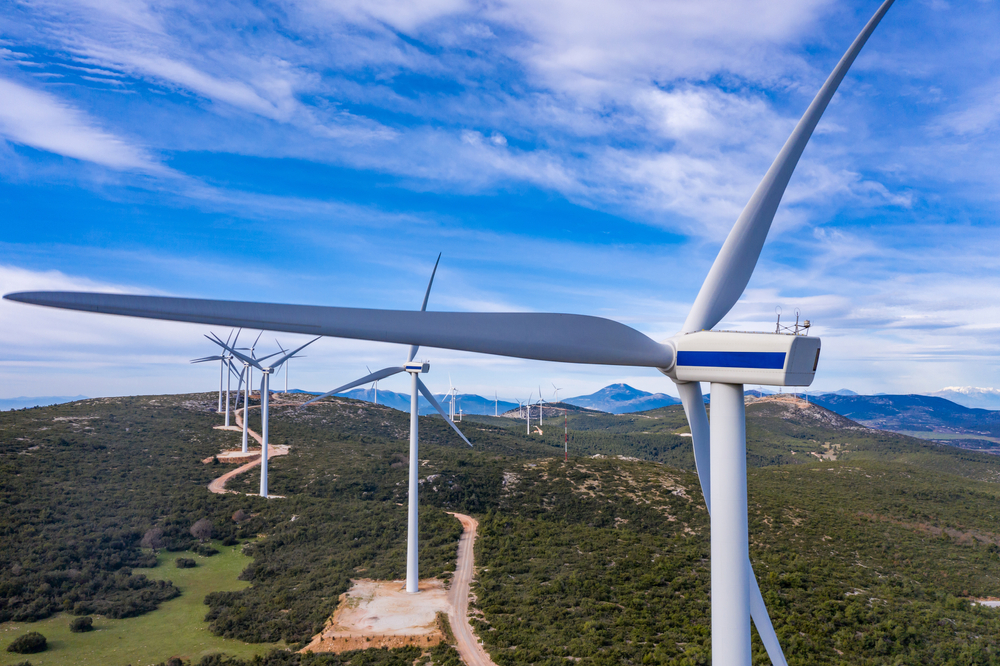
Wind turbines are modern machines, essentially advanced windmills, which use the wind to generate electricity.
The natural breeze spins the turbine’s propeller blades around the rotor, spinning a generator to produce electricity in many cities across the world.
As the push for renewable energy over fossil fuels continues, wind turbines are gaining popularity because they are a highly reliable and efficient form of solar energy.
There are three concurrent factors that combine to support wind energy:
- Uneven heating of the atmosphere by the sun’s rays
- Irregularities in the planet’s surface
- Earth’s rotation
Massive wind turbines take the kinetic energy from wind and turn it into electrical energy. Thousands of turbines are installed in wind farms that can generate more than 650 gigawatts of power to provide 8% of electricity in the U.S., and even more in some other countries.
What is global warming?
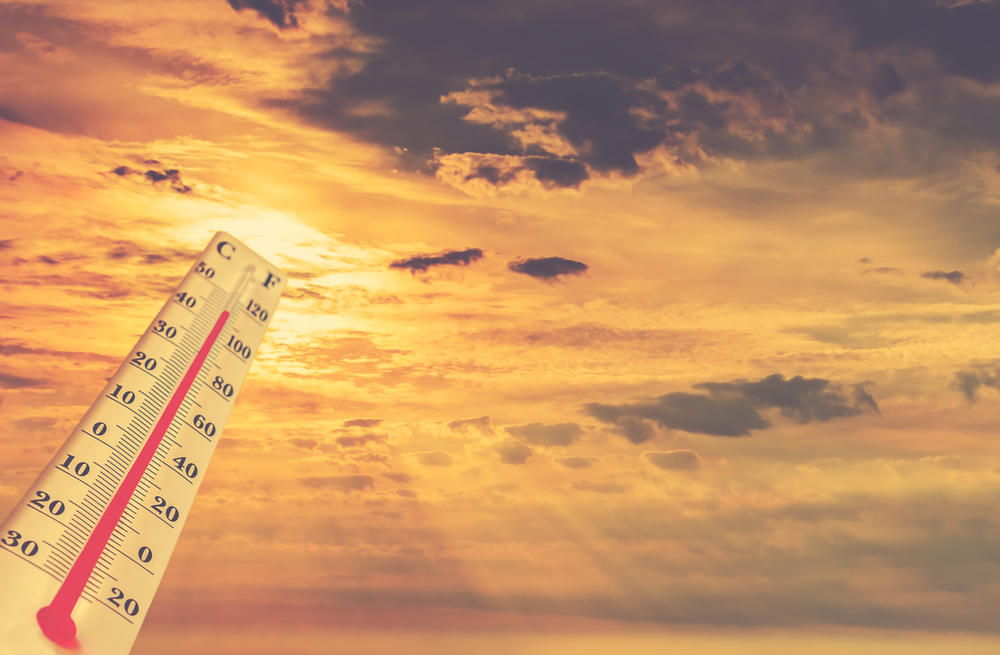
Global warming is one of the biggest concerns when it comes to ongoing threats to animals, plants, people, and habitats.
Global warming refers to the continuing rise in earth’s temperature, which has been particularly noticeable since the Industrial Revolution of the mid-1800s.
The global temperature has risen by about 2 degrees Fahrenheit over the past two centuries, but what’s arguably even more alarming is that the rate of increase has doubled in the last 40 years.
Now, the planet is hotter than ever before, and the earth has gone through its five warmest years on record.
Global warming is dangerous because it warms the world’s oceans and other fragile ecosystems, with a rise in sea level, loss of coastline, and changes in precipitation patterns just a few concerning results.
Global warming presents serious threats to biodiversity, increased floods, and hazards to human health.
How do wind turbines increase global warming?
Wind energy is considered cleaner than coal or natural gas, but there are rising concerns over how much turbines could contribute to global warming.
Wind turbines increase global warming by changing the atmospheric flow through heat and moisture redistribution.
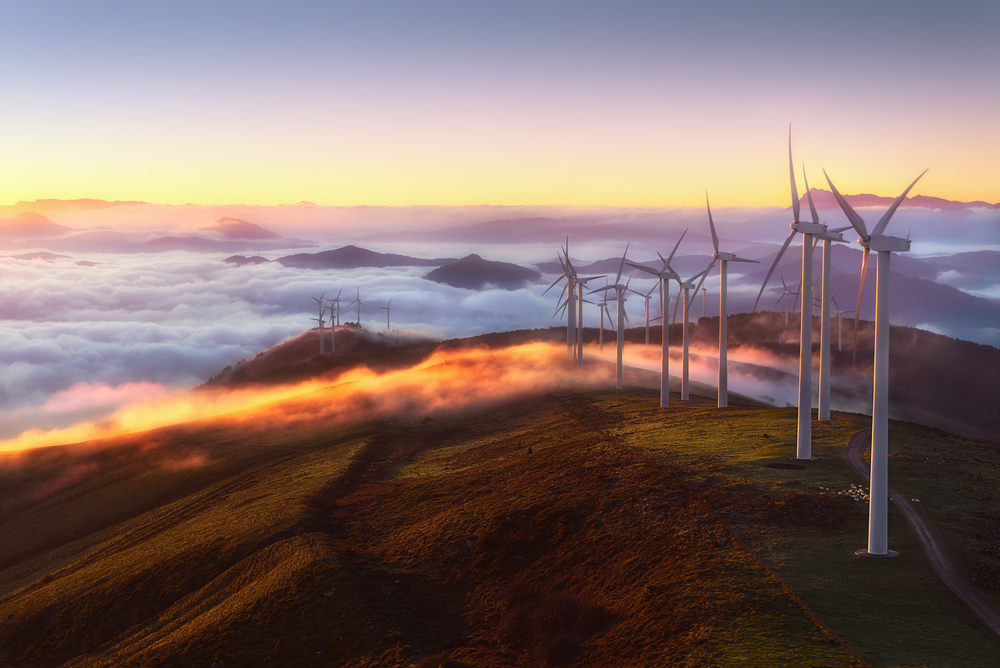
These effects in the atmosphere directly impact global climate and contribute to the slow but steady warming of the earth’s surface.
Researchers have looked into wind turbines and their potential increase in global warming compared to solar energy.
If one-third of the continental U.S. had energy sourced from wind turbines, it would increase the surface temperature by nearly one degree Fahrenheit.
It’s not all bad news for wind energy, as researchers have also confirmed it’s much more sustainable and cleaner in the long run than gas or coal.
It’s just that in the short-term, wind turbines may actually increase global warming, which is why there is a greater focus on solar energy that doesn’t contribute to global warming.
Where are wind turbines used?
Despite the global warming concerns, wind farms are still being used and built across the U.S. and beyond, mainly due to the long-term benefits of this energy source.
Wind turbines are most commonly associated with wide-open fields and rural areas, but more and more wind farms are being built in oceans and lakes, too.
Shorelines, large open fields, or elevated hills and mountains serve as the best locations for wind turbines due to the high winds and lack of obstructions.
Wherever wind turbines are installed, they must be near transmission lines so the carbon-free electricity can be distributed to suburban areas and populated cities.
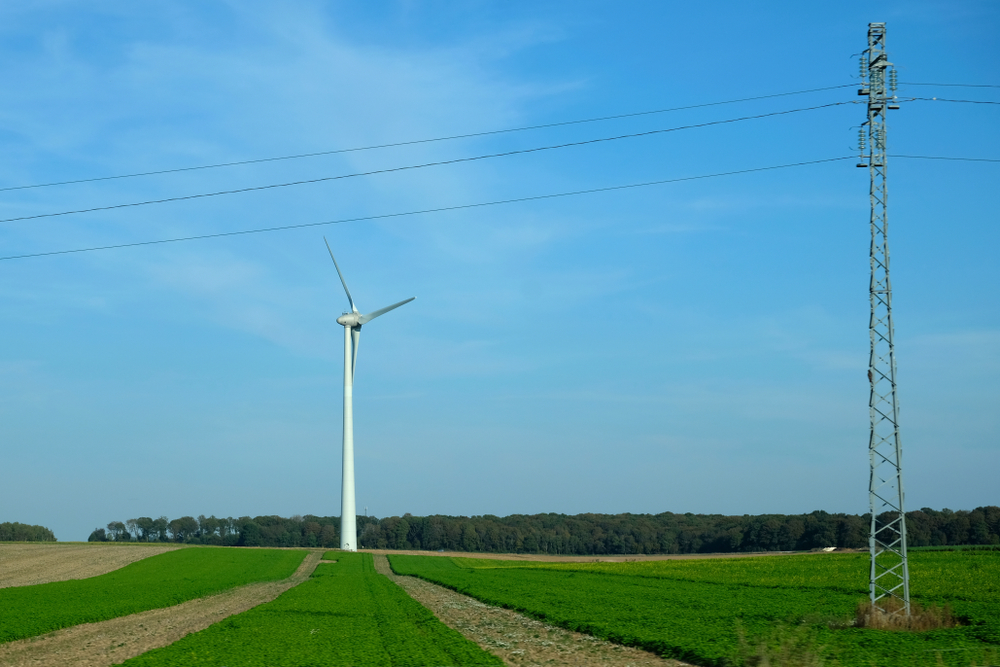
The U.S. ranks second with 21% of international wind power, beat only by China with 30% of the global wind power.
Germany, the U.K., and India are the other top countries for wind turbine use, although over 80 nations worldwide use wind energy to some degree.
Are wind turbines recyclable?
Global warming isn’t the only concern associated with wind turbines. Many environmental activists aren’t impressed with the fact that the rotator blades used to harness wind energy aren’t eco-friendly or recyclable.
These blades measure at least 100 feet long, so they are difficult to lift up and into position and also a challenge to take down.
In the event wind turbines need to be removed, the rotator blades must be cut up and taken to a landfill, which isn’t ideal in a world that’s already heavily polluted and overloaded with trash.
That’s why wind energy companies are developing plans for recycling wind turbine blades.
Meanwhile, environmental activists are continuing their dedicated efforts to stop global warming and avoid potentially catastrophic impacts, which is why the demand for wind energy has hit a few speed bumps.

There are legitimate concerns over wind turbines and how they increase global warming, as well as their interference with local ecosystems and lack of recycling options.
Even with all that, the benefits seemingly outweigh the negatives as the U.S. joins most developed nations in investing in wind energy.
How much room do wind turbines need?
While wind power is still preferred over coal or natural gas, its downsides include not only the potential for global warming but also the sheer amount of space required to install these turbines.
Each turbine weighs over 1,000 tons and stands around 200 to 400 feet tall, with blades stretching longer than your average football field.
This huge size means up to 50 acres are required for installing a wind turbine, although requirements vary based on location and the wind farm setup.
These space requirements aren’t reserved for just onshore wind turbines, either. Offshore wind farms run into similar problems, as they may impact the local marine ecosystem, fishing areas, and overall navigation along the coast.
What U.S. states have the most wind turbines?
Over 80% of U.S. states have large-scale wind power that can impact electrical grid operations.
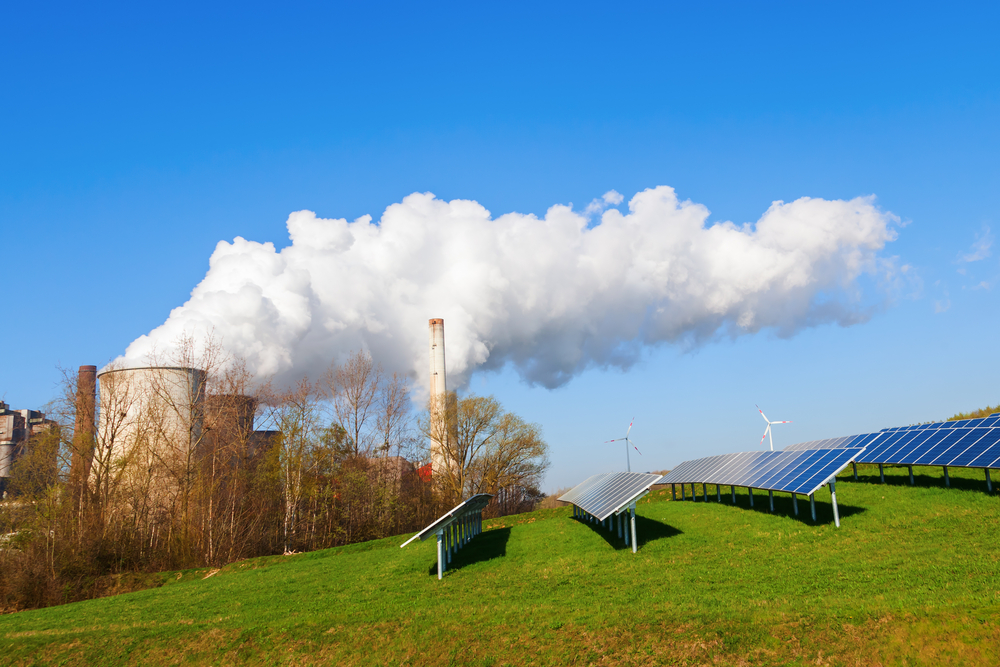
Although the Midwest is known for its reliance on fossil fuels, Iowa, Illinois, Kansas, Oklahoma, and Texas were the top five states for wind energy generation in 2020.
These states generated more than half of the country’s total wind energy.
In addition to these onshore wind farms in the U.S., there are several notable offshore wind projects that are adding to the nation’s wind energy production.
The 30 MW Block Island Wind Farm in Rhode Island and the Vineyard Wind I off the coast of Massachusetts are two prime examples.
All U.S. states with onshore or offshore wind turbines are faced with transmission challenges, as wind farms generally need to be built out away from urban centers due to space requirements.
With so much urban development, most wind energy companies head out to rural areas, although then they need to upgrade transmission infrastructure to actually get the power back to large suburban areas where it’s needed the most.







